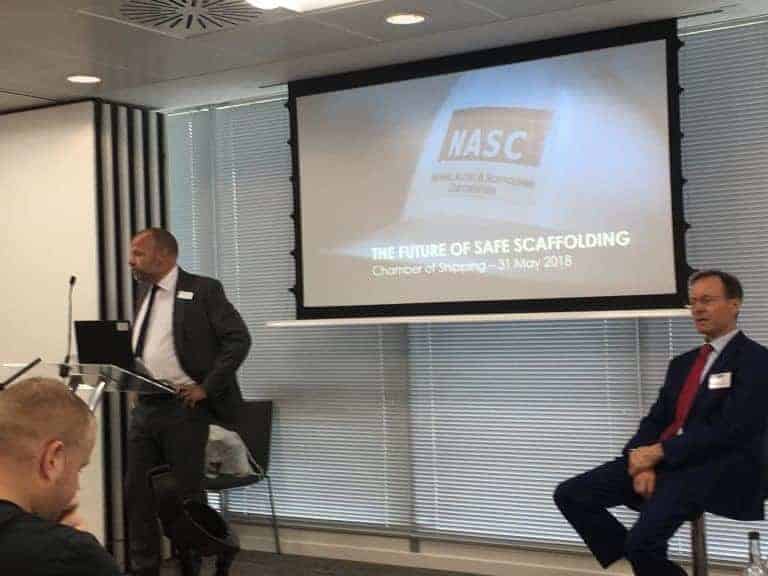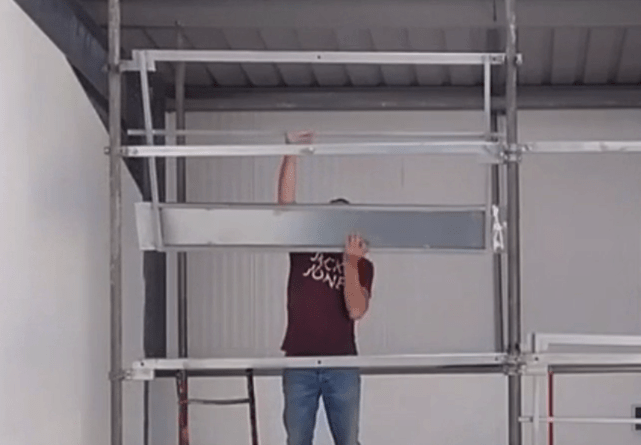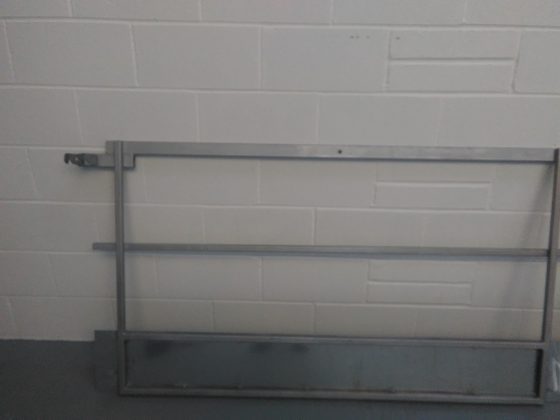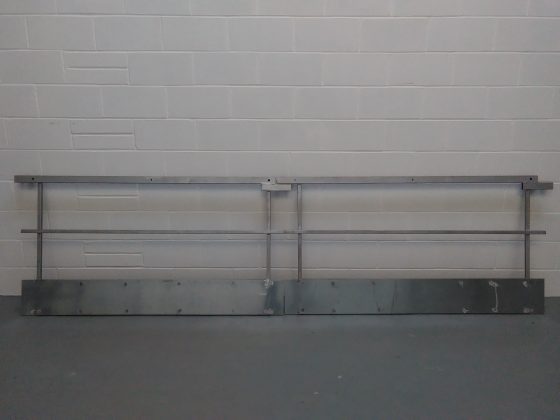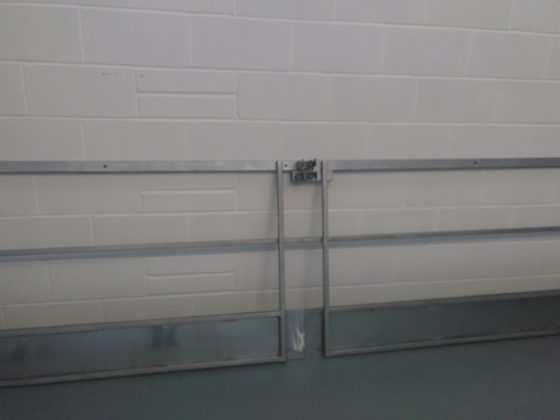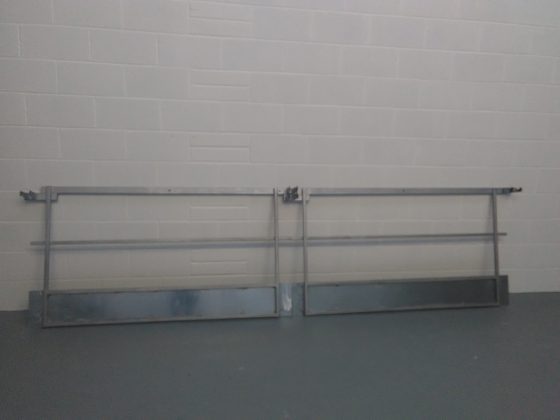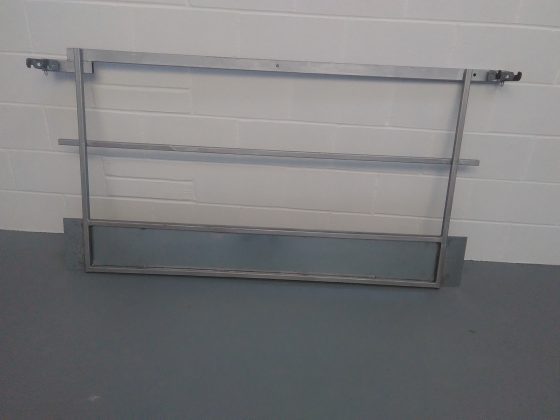Equality and Diversity at the TRAD Group
 The TRAD Group are keenly aware of how important their people are to the success of the business. They believe in teamwork, mutual support and encouraging all their staff to continually develop their skills and extend their careers, and become the best they can be.
The TRAD Group is also well-known for its stance on encouraging women to pursue careers in the construction sector. With more than 50% of their office staff women, many in Senior positions it’s a principle close to their hearts. To highlight the commitment TRAD are founding sponsors of the ‘Inspire Me’ campaign hosted by Construction news.
Women are under-represented across construction generally, and in scaffolding in particular. While the nature of the work may be largely to blame, there are many positions at TRAD where women have made major contributions to their success, for example in areas such as surveying and estimating.
The TRAD Group are keen to build on this success and encourage more women to purse professional and managerial careers, with the chance to move into senior leadership positions.
UK legislation, of course, sets minimum standards for companies to support workplace diversity and equality. At TRAD, they want to go beyond these minimum standards and set the bar much higher. The aim is to establish a fully inclusive environment that contributes to their employees’ well-being and success.
One of TRAD’s key objectives is to create mentoring and training schemes to give women the chance to become operational heads within supervision and contracts management, with the chance to eventually become board directors.
The TRAD Group are keenly aware of how important their people are to the success of the business. They believe in teamwork, mutual support and encouraging all their staff to continually develop their skills and extend their careers, and become the best they can be.
The TRAD Group is also well-known for its stance on encouraging women to pursue careers in the construction sector. With more than 50% of their office staff women, many in Senior positions it’s a principle close to their hearts. To highlight the commitment TRAD are founding sponsors of the ‘Inspire Me’ campaign hosted by Construction news.
Women are under-represented across construction generally, and in scaffolding in particular. While the nature of the work may be largely to blame, there are many positions at TRAD where women have made major contributions to their success, for example in areas such as surveying and estimating.
The TRAD Group are keen to build on this success and encourage more women to purse professional and managerial careers, with the chance to move into senior leadership positions.
UK legislation, of course, sets minimum standards for companies to support workplace diversity and equality. At TRAD, they want to go beyond these minimum standards and set the bar much higher. The aim is to establish a fully inclusive environment that contributes to their employees’ well-being and success.
One of TRAD’s key objectives is to create mentoring and training schemes to give women the chance to become operational heads within supervision and contracts management, with the chance to eventually become board directors.

Dutch Construction Company And University to Use 3D Printing to Make First Habitable Homes
Companies Fined 65K After Subbie Falls Through Scaffolding
Box Van Gets Caught Under Scaffolding in Devon
A box van became trapped under some scaffolding on a street in Holsworthy, Devon on Sunday, May 27.

The Holsworthy Post reports that the Mercedes box van became trapped under scaffolding, which had been erected whilst work on a building in a local street was carried out.
No vehicles could pass so the police and fire services attended along with a team of scaffolders from the company concerned. The scaffolders took down part of the scaffolding in order to free the vehicle, which was not local. A Devon and Cornwall Police spokesperson said some damage was caused to the building as a number of bricks were knocked out on the first floor. Details were exchanged by all parties. The police left the scene at 12.40pm but the scaffolders remained on the scene.NASC Host Future of Safe Scaffolding Breakfast Event

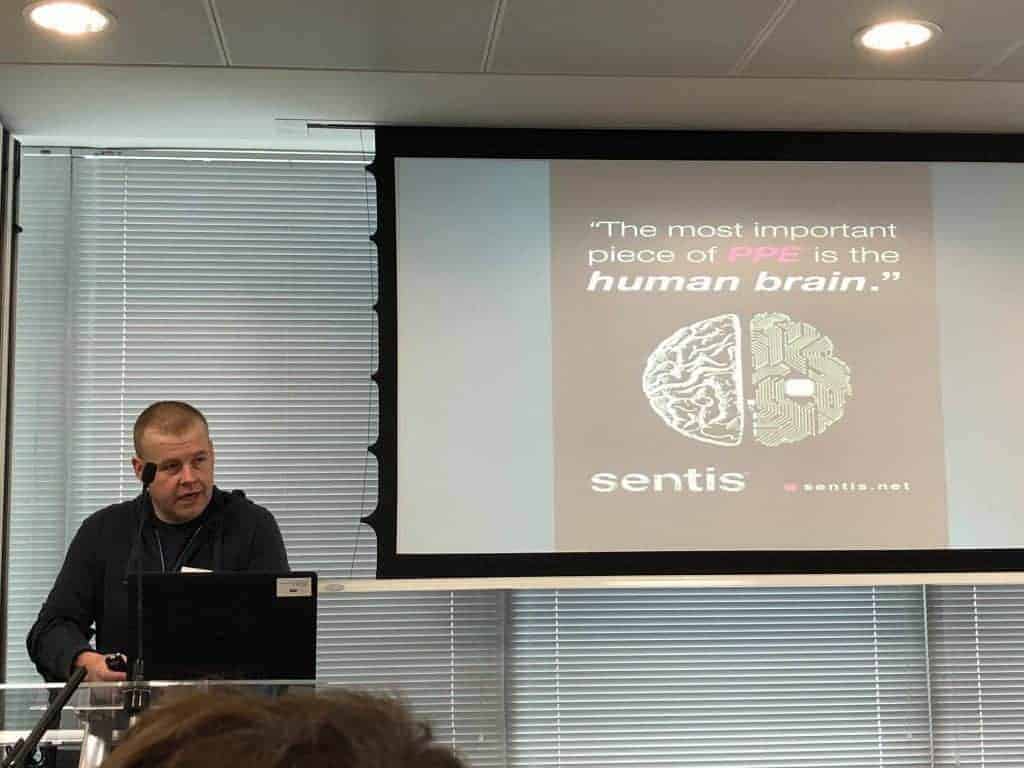
Scaffolding catches fire after it was erected to remove fire risk cladding in Sydney
Scaffolding dramatically caught fire in Sydney, Australia yesterday after the office block cladding was removed less than a week ago because of concerns sparked by the deadly Grenfell Tower blaze in London last year.
Local media reports the fire ignited the plastic sheeting on the scaffolding of the building, just before 8am and climbed the exterior in a matter of minutes.
Workers had to scramble up the scaffold to avoid the wall of flames.Fire & Rescue NSW Commissioner Paul Baxter told local reporters it was hard to tell how today’s fire would have played out if the cladding was still in place, but said it could have been “dramatically different”.
The fire was contained before it could reach the internal structure of the building, which is on Macquarie Street next to the NSW Supreme Court and near state parliament.
Twenty people were evacuated and several were being treated for smoke inhalation.
An investigation into the cause of the blaze is under way.
Scaffolding on Big Ben now complete after ‘topping out’
The 98-meter high scaffold surrounding the Elizabeth Tower, better known as Big Ben was this week completed after the final piece was slotted in place at a rooftop ‘topping out’ ceremony.

In just over a year, with the worlds media watching, 800 tonnes of Layher has been expertly installed by PHD Modular Access on one of the worlds most iconic landmarks.
The Uxbridge based PHD began erecting the fully bespoke awe-inspiring structure in May 2017. A mind-boggling 23,500 Layher Allround components have been used to create the impressive scaffold. Interestingly, if all the scaffold standards, ledgers, transoms and bracing were laid end to end this would reach almost 20 miles.
With 47 working lifts and a temporary roof at the top, the scaffold is now fully in-place to allow urgent and vital conservation works to continue. The scaffold will encapsulate the world famous clock until 2021 when works to the Big Ben Tower are due to be completed. The upper section of the Tower however, will be uncovered as the project progresses. As the scaffold is dismantled, close inspection will take place of the finished works.
In a ceremony marking the achievement, main contractor Sir Robert McAlpine Special Projects attached an evergreen bough to the scaffold — a centuries-old ritual celebrating the highest point of building work being completed. The Director General of the House of Commons, Ian Ailles, attending the ceremony thanked the team of experts managing the huge task of restoring the Grade I listed building to its former glory.

Ian Ailles said: “The steel structure encasing the Elizabeth Tower consists of nearly 24,000 elements, weighs 800 tonnes and has taken just over a year to complete. Despite a complex programme and challenging weather conditions earlier this year, we are on schedule, to the credit of all those working on this much-loved landmark and we look forward to welcoming visitors back to the Tower.”
Paul Hamer, Chief Executive Officer, Sir Robert McAlpine Ltd. added: “As one of Britain’s most iconic buildings, it is a privilege to be entrusted with the preservation of the Elizabeth Tower. We are proud to help keep this landmark a centrepiece of our country’s rich heritage through our skills and technical excellence and celebrate this milestone in the conservation work.”
A full project report will be available in the forthcoming Summer issue of our Digital Magazine.New Heights For Lynch Scaffolding System
The recent launch of a unique product has further enhanced the innovative Lynch Scaffolding System that is also improving safety in the workplace.
Their advanced double handrail and kicker board component works not just with this system but also with traditional tube and fitting scaffolds. What’s more, the designed patented coupler attachment of one fitting on top of the other allows for bay sections to be inserted level over the plain tube. Bay sections then need to be set to the required advanced double handrail and kicker board measurements.
This simple but effective piece of kit is expected by the makers to revolutionise how scaffolding is constructed in the future. It can be inserted from the working lift below without the need for scaffolders standing on steps. Given the dangers involved in the erection or dismantling of scaffolds, the take up is certain to be popular with companies across the board.
Paul Lynch told Scaffmag: “Our advanced double handrail and kicker board works with tube and fitting scaffolds by simply attaching a fitting also designed by the lynch scaffolding system, which then allows for the advanced double handrail and kicker board to be inserted before the transoms are positioned in place. On lots of other scaffolds you will see bolts or holders sticking out from the upright standards. It’s a common problem especially on new development sites when lifts are stacked with materials and walkways are then narrowed creating a greater safety risk to everyone involved.
“Because this reduces the risk of impact-related injuries, it’s perfect for a whole range of media and entertainment events where restrictive access is necessary. It’s excellent for both barrier and roof protection, and it also means no adjustable jack plates are required on ground surfaces as standard base plates will suffice. And let’s be honest, the stability of all structures starts from the base.”
The benefits of the product are certainly impressive beginning with the fact no leveling is required, as the component just sits on top of any single fittings. There are no dead men, and you simply tighten bolts with an extended ratchet spanner. It’s also worth remembering this innovative product introduction reduces time-scales hugely, which can also have a long-term knock-on effect on business profits.
Paul added: “There are three different sizes of the advanced double handrail and kicker board bay sections, and they can be purchased with an extra added brickguard if required which is welded permanently to the handrail. They all carry a galvanised steel finish.”
According to Paul the handrail and kicker board component has been thoroughly and professionally tested that has been proven to be an excellent product for handrailing, during the process of erecting high scaffolds. Scaffolders just move the bay sections up on the scaffold lifts whether erecting or dismantling.
Paul says, there is also a reversible stop end double handrail and kicker board component which has an optional inside board attachment. This all means no restrictions are needed on correct levels of working platforms, there are no costly upright standards required, and no complete restocking of materials. You just add to existing stock.
Whats it Cost?
- 2m .385 mm length x 1 m high bay section: £ 51.50
- 1m .935mm length x 1m high bay section: £48.00
- 1m.245mm length x 1 m high bay section: £44.60
- Reversible stop end 990mm x 1m 90mm high with an extended inside board attachment: £45.70
“More products will become available with the system in the coming months to improve the safety of scaffolders when erecting or dismantling of scaffolds and also improve access for all users of scaffolds” Paul added.
The Lynch Scaffolding System is certainly on the way up in making an impact in the world of scaffolding, and it seems their advanced double handrail and kicker board component is another interesting timesaving product.
To find out more please visit: lynchscaffoldingsystem.co.uk or email: [email protected]
You can also call: 01792 920211 Mob: 07875239216
Wolf whistling can now attract on the spot fines
Under the new law in France, wolf whistling may soon be deemed as an act of sexual harassment.
Other forms of harassment that will be included under this law include blocking of someone’s path, following women/men and bugging men/women for their number.




